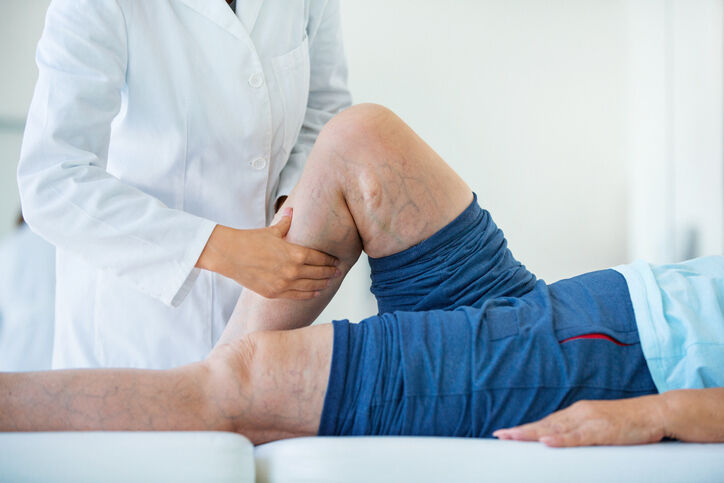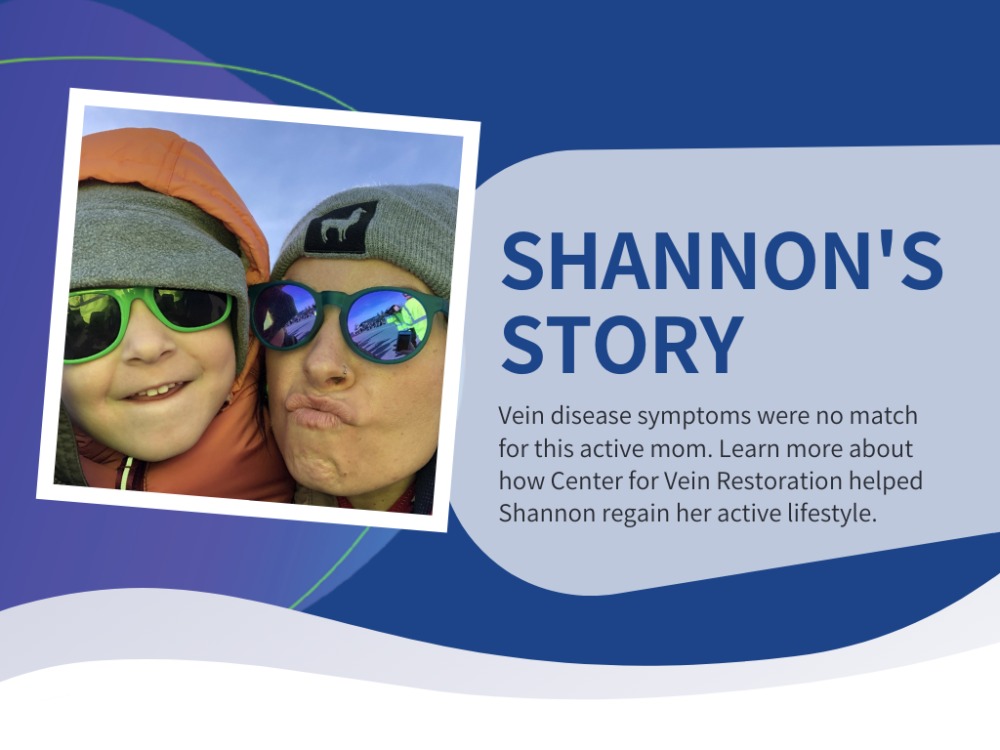Do you work at a desk job, or do you fly often? Sitting too much could be bad for your veins.
Varicose veins develop for many reasons. A sedentary lifestyle, which includes sitting for long periods, is one of the top causes of vein disease. When you don’t engage your calf muscles, blood circulation slows in your legs. Stagnant blood flow consequently increases the chance for varicose veins to form.
Perhaps your job requires you to sit at a desk all day. Or maybe you need to travel often on long plane or car rides. Don’t fret! You are not destined to suffer from varicose veins! When you know how to recognize the risk factors, you can take active steps to prevent vein disease from developing.
Why would sitting too much cause varicose veins to develop?
Your leg veins pump blood back to the heart. Tiny one-way valves in the veins open and close to push blood upward, but these valves can weaken from aging, obesity, or pregnancy. The blood then pools within the vein and stretches the vein outward to become a varicose vein.
So, what does that have to do with sitting too much? The valves in your leg veins fight against gravity when pumping blood back to the heart. Sitting for long periods adds extra pressure on the already-stressed valves since inactivity slows circulation. When sedentary, you’re also not moving your calf muscles, which provide crucial support for your veins in pumping blood.
Poor circulation leads to not only varicose veins but also potentially blood clots (deep vein thrombosis, or DVT), as well. If a clot breaks away from the leg and lodges itself in the lungs, you could experience a life-threatening pulmonary embolism (PE).
Preventing varicose veins even when you sit
The best way to prevent varicose veins is to stay active. Regular exercise keeps the blood moving, so it doesn’t pool in the leg veins. But if you have to remain seated for a few hours, you can stimulate circulation with these techniques:
Move as much as possible. Get up and stroll around if you’re at your desk or on a plane. Even a short walk that engages your calf muscles will jumpstart your blood flow. If it’s not possible to move about, you can flex your ankles up and down or make circles. This simple exercise increases circulation.
Wear compression stockings. Made of highly elastic fabric, compression stockings gently squeeze the veins to promote blood flow and reduce the swelling that often comes with varicose veins and poor circulation. Available in different strengths and lengths, compression stockings are recommended when you’re traveling on a plane for four hours or more.
Drink water. Keep a water bottle handy at your desk or on a plane. Dehydration thickens the blood, slowing blood flow and raising the risk of blood clots. Take sips throughout the day and steer clear of dehydrating beverages such as coffee and alcohol to stay hydrated.
If you already have varicose veins, consider seeking treatment, which is the only way to eliminate vein disease permanently. Many minimally invasive surgeries are available in an outpatient setting and take less than an hour to perform. Even after treatment, you should continue to maintain an active lifestyle and keep the other prevention tips in mind, especially if you must sit for hours at a time.
Time to treat your varicose veins
Center for Vein Restoration (CVR) physicians are experts in treating varicose veins and other vascular disorders. We will work with you to create a treatment plan that fits your lifestyle, so you can quickly go back to living a pain-free life. Contact one of our offices today for a consultation.



